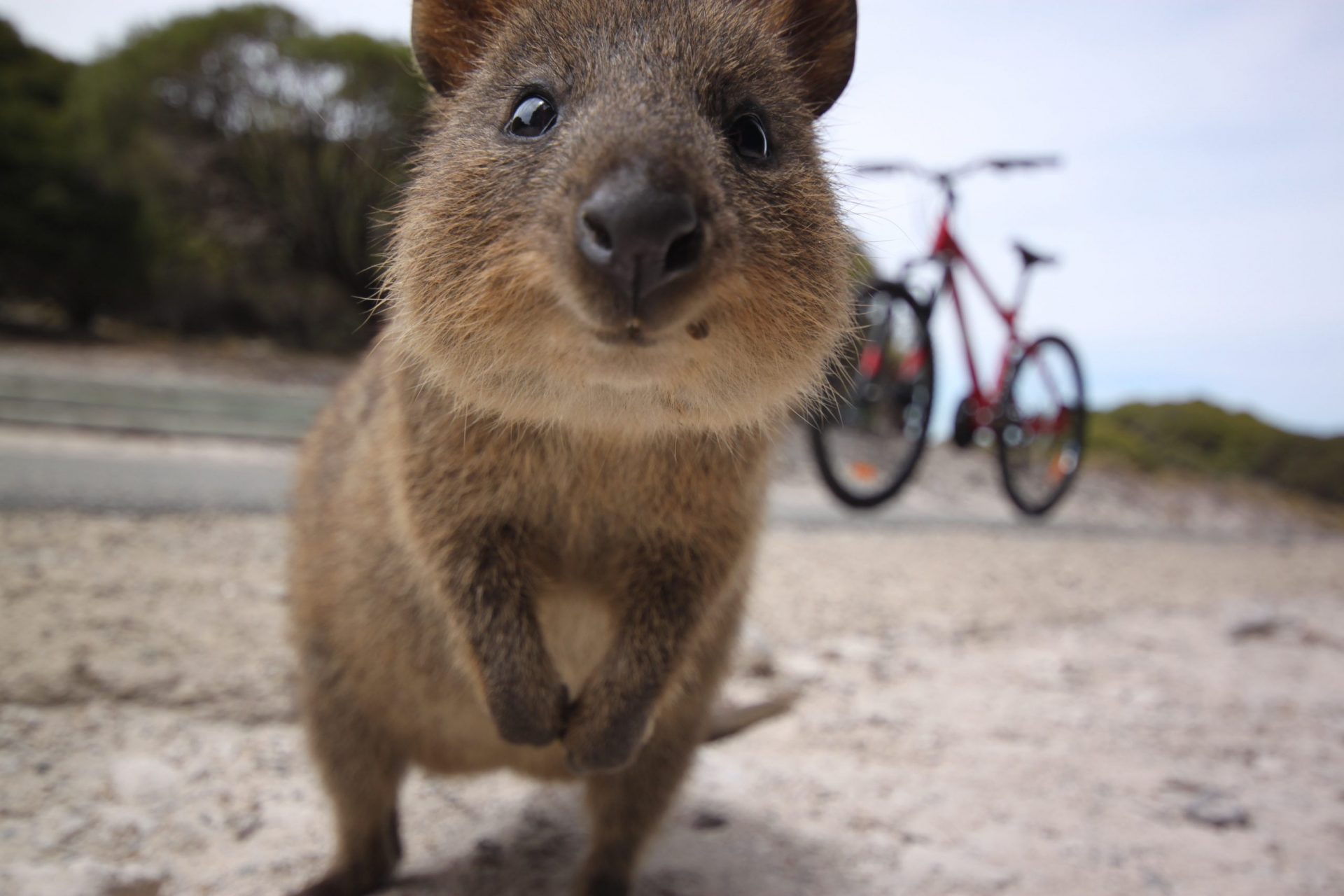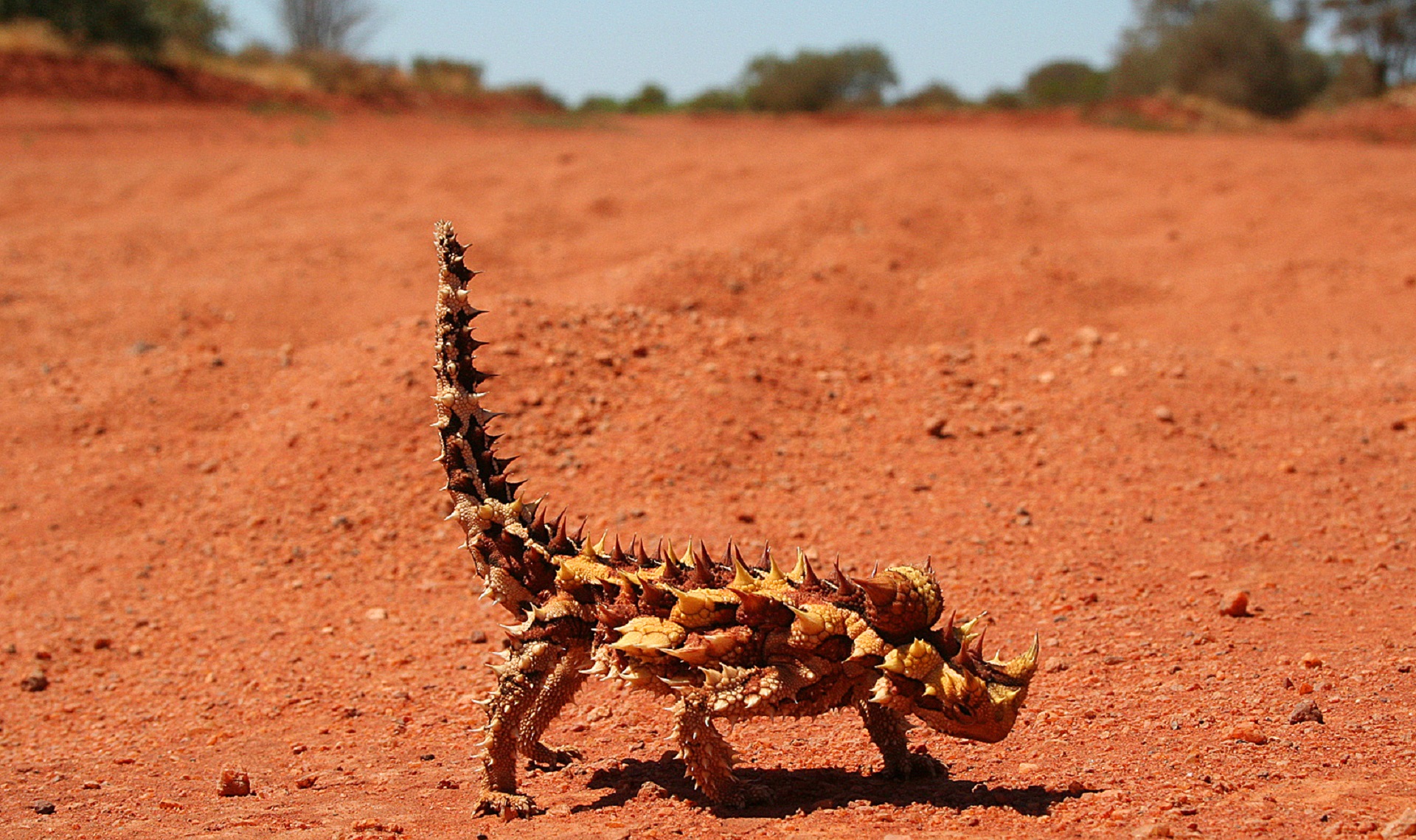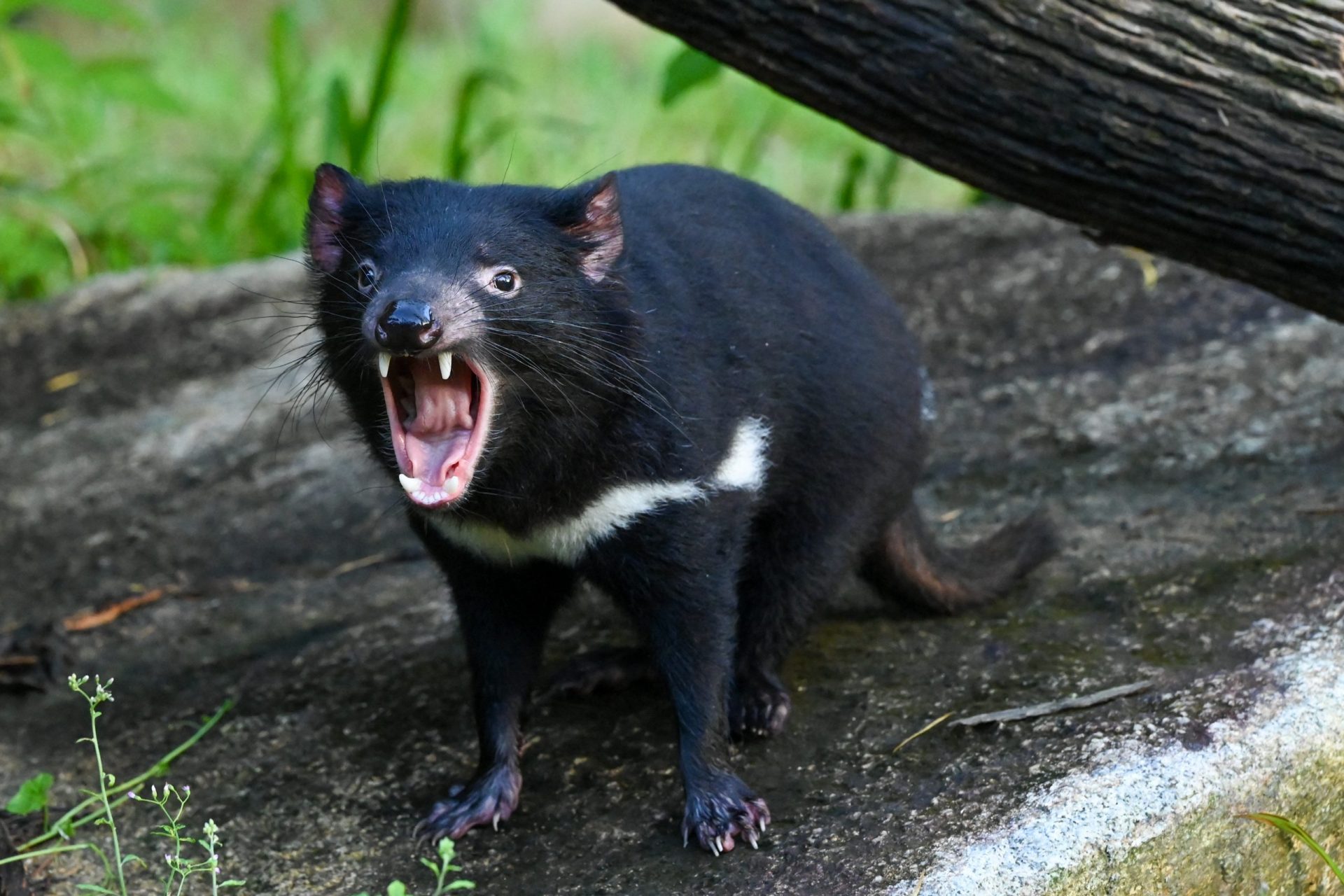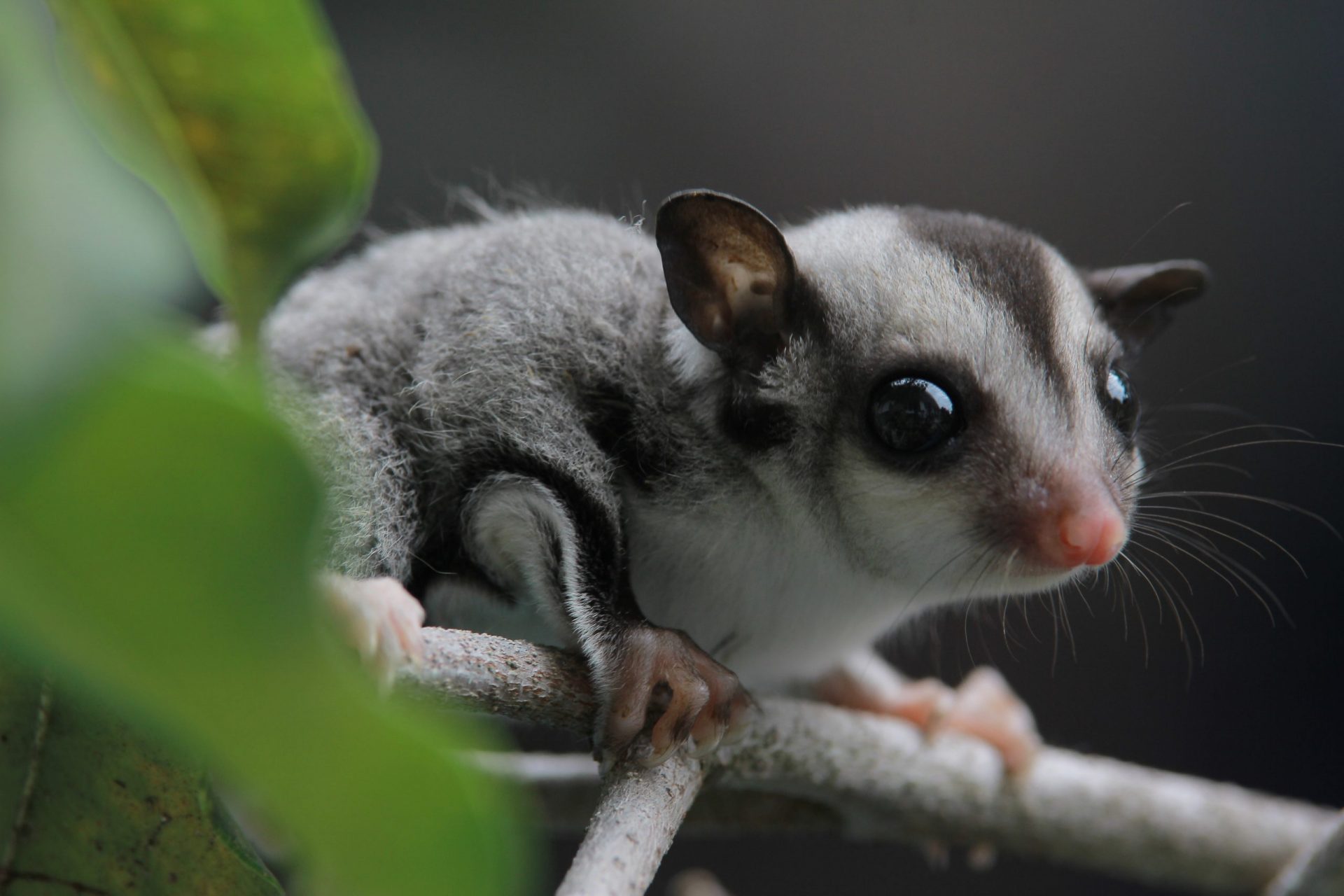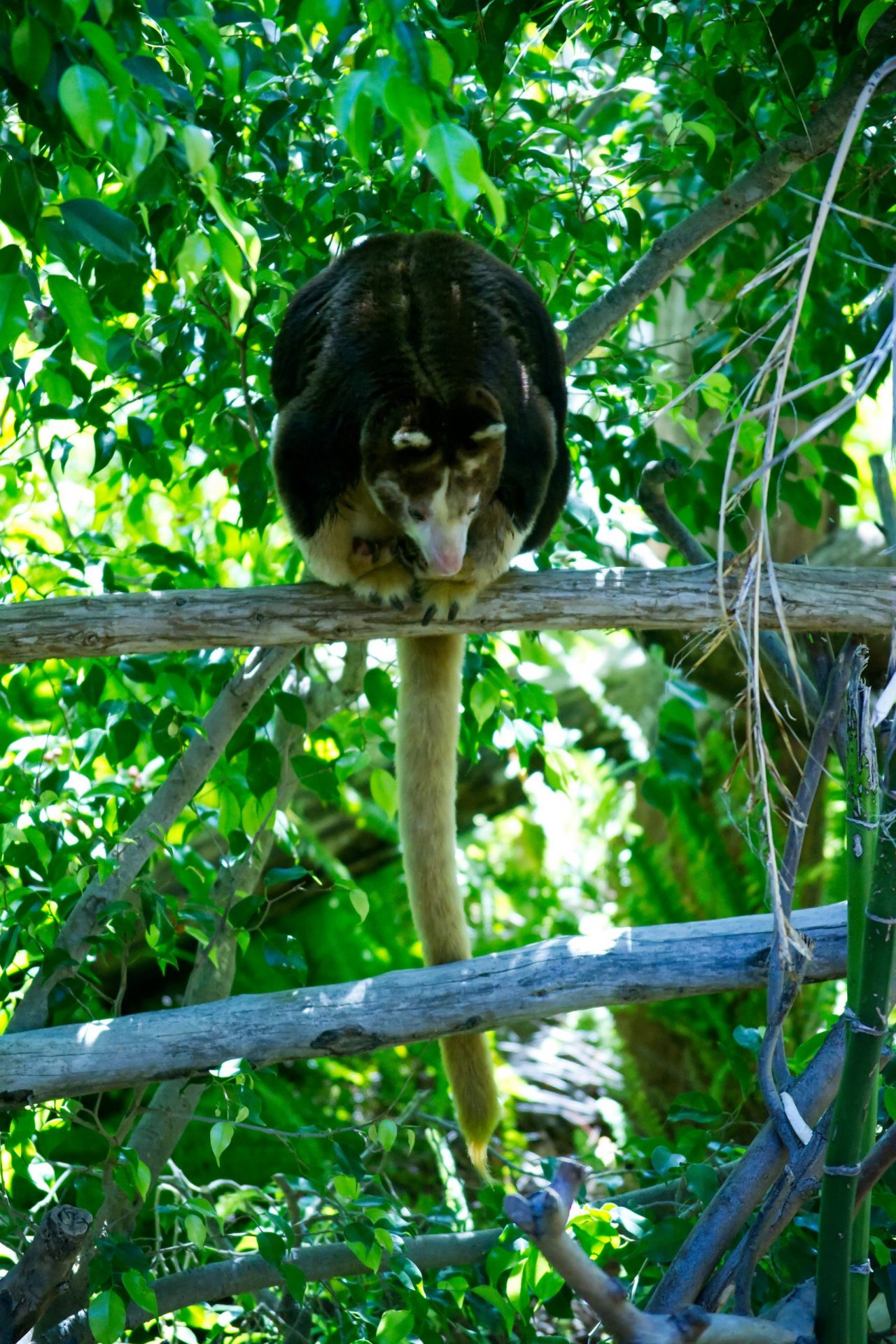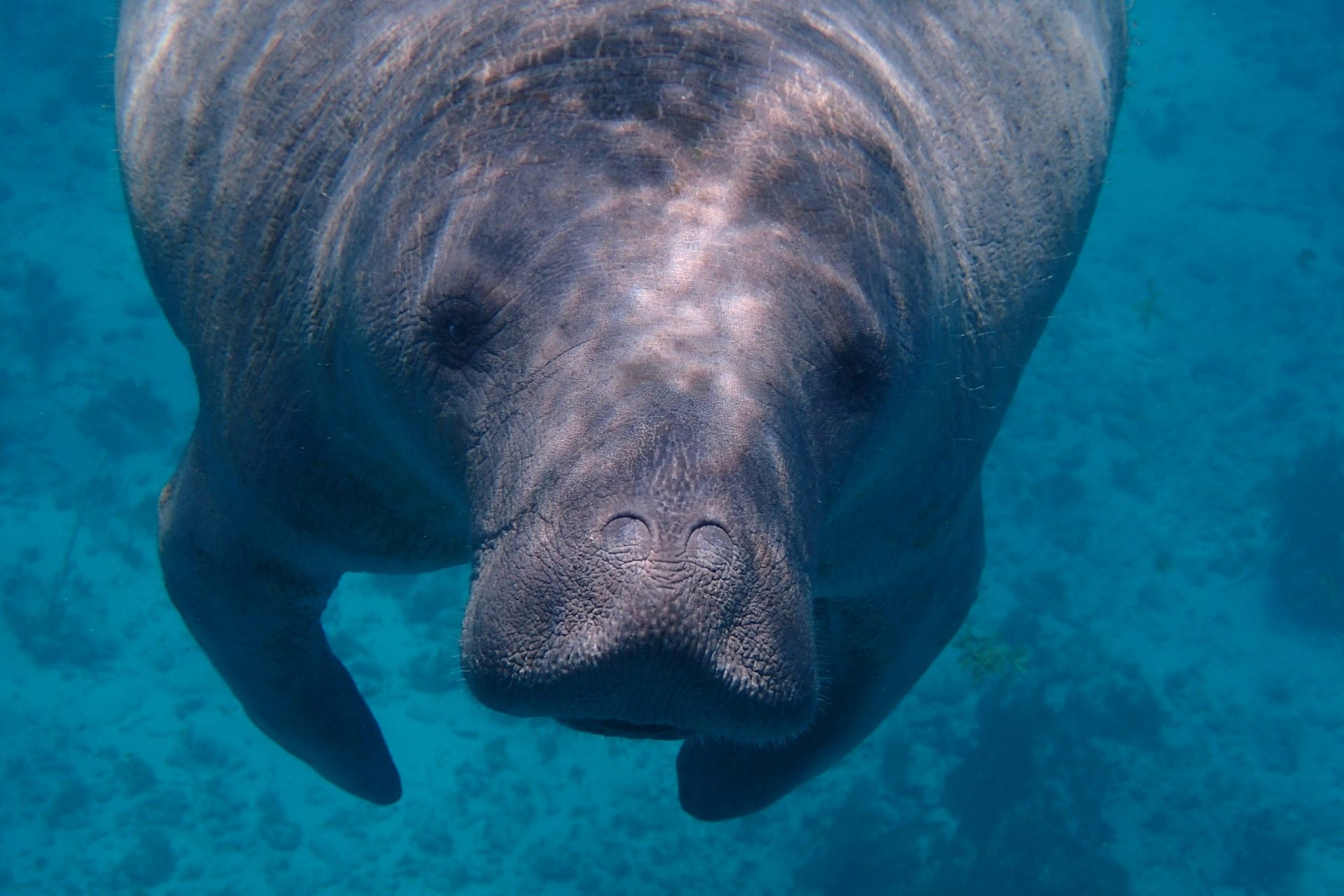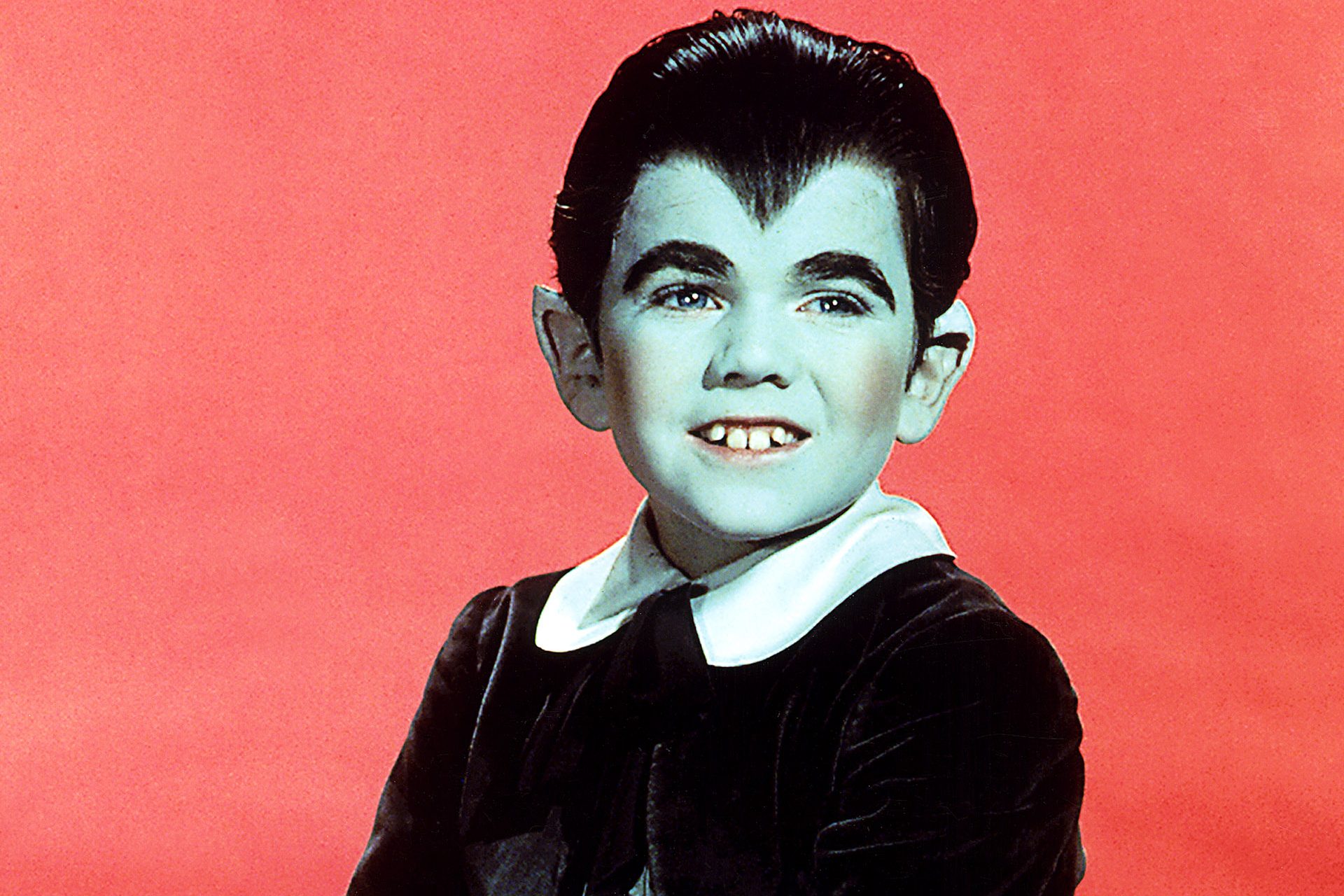These weird animals call Australia home
Australia has fantastic biodiversity, and some of the most unusual animals on the planet call the country home. Join us as we take a look at some of the strangest creatures you may have ever heard of!
Follow Showbizz Daily to stay informed and enjoy more content!
This lizard earned its name as it is covered with little horns. Thorny Devils live in Australia's dry and sandy deserts.
Photo: Bäras, Cambridge University
Its diet consists mainly of ants that it catches with its tongue. When the Thorny Devil gets too hot, it buries its head in the sand for relief.
The Tasmanian Devil got its name due to its terrifying hunting scream and imposing jaw. They are the largest carnivorous marsupial; however, they are now in danger of extinction.
Tasmanian Devils have been a protected species since 1941, but the current threat to the species is an uncurable cancerous tumor. The population of the animals has gone down by 70% since the 1990s when the cancer became an issue.
This crazy-looking bird almost looks prehistoric! The cassowary lives in Northeastern Australia in the rainforests.
Photo: Dezidor / Wikimedia
It is a massive bird and shouldn't be messed with; they been known to injure people. The cassowary measures in at 1,70 meters and weigh around 70kg, with big claws and powerful legs to defend itself.
The echidna looks like the baby of an anteater and a hedgehog. Echidnas and the platypus are the only known egg-laying mammals.
Photo: Meg Jerrard / Unsplash
It has a long sensitive snout that it uses to locate food, mainly ants and termites.
This lizard looks like it is straight out of the movie 'Jurassic Park,' but no, its home is in Northern Australia.
Photo: Matt, Melbourne / Wikimedia
The frill around its neck usually stays flat, but it unfolds to intimidate predators when it feels threatened. These lizards like to hang out in trees, and it mainly eats insects and small vertebrates.
The platypus is just a strange but adorable creature. The platypus has a duck beak and a beaver's tail and lives along the East Coast of Australia and Tasmania.
Photo: Meg Jerrard / Unsplash
Apart from being among the very few mammals that lay eggs, the platypus also belongs to a very select group of poisonous mammals. Males have a spur on their back foot that can administer venom, which is very painful to humans.
'Macrotis,' also known as bilbies or rabbit-bandicoots, are desert-dwelling marsupials. There used to be two sizes of bilby, the greater bilby, and the lesser bilby. However, the lesser bilby went extinct in the 1950s.
Photo: Stephentrepreneur / Wikimedia
The greater bilby currently is endangered. Curiously, they do not need to drink water and get all the water they need from their food, which mainly consists of insects, seeds, fruits, and small animals. Although the bilby looks small, the average size is 55cm in length, not including the tail.
These adorable marsupials are small, nocturnal, and glide from tree to tree much like a flying squirrel. They are called sugar gliders because these little cuties love sweets such as sap and nectar.
The large eyes of the sugar glider are adapted for night vision, and their ears can swivel. The males have a scent gland on a bald spot on their forehead.
There might not be anything all that weird about this turtle at first sight, but it is a strange creature! The Fitzroy River turtle is known for breathing through its butt!
Photo: CraigL / Wikimedia
The proper name is cloacal respiration, and by doing so, the turtle can obtain up to 70% of its oxygen from the water. By breathing in this manner, the turtle can stay underwater without coming up once for as long as three weeks.
Photo: Bernard Dupont / Wikimedia
This beautiful bird is named so because it loves to nibble on the berries of the mistletoe plant. What makes this bird so special? Well, it has a unique sphincter muscle that closes to prevent the seeds from being digested.
Photo: JJ Harrison / Wikimedia
By doing so, when the seeds are excreted, they are still intact. The bird is known for being restless, so many seeds are spread this way, which helps spread mistletoe plants, ensuring an endless supply of berries for the birds.
The Laughing Kookaburra is the largest bird in the Kingfisher family. These birds are native to Eastern, mainland Australia and the birds are monogamous; they have the same mate for life.
Photo: Ron Korrel / Wikimedia
They are known for their mocking laugh and unusual screams, hence their name. They aren't picky eaters and will eat nearly anything, including snakes and other birds.
Thylacine or the Tasmanian Tiger sadly has gone extinct, with the last member of the species dying more than 80 years ago in the Hobart Zoo. Even though it was named a tiger, this animal was, in fact, a marsupial and had a pouch, and unlike other marsupials, both the males and the females had pouches.
Photo: Baker; EJ Keller, 1904 / Smithsonian
The purpose of the pouch in males was to act as a protective sheath for the external reproductive organs so that they wouldn't become injured when running through the bush. It also had a strong tail, much like a kangaroo, which it could use as a tripod to help it stand upright on its hind legs.
The short-tailed scrub wallaby, or as it is commonly known, the quokka, is a small macropod (the same family as kangaroos and wallabies) around the same size as a pet cat. Found on islands off the West coast of Australia, these cuties are nocturnal and feed on plants.
Photo: Natalie Su / Unsplash
Interestingly, the gestation period for baby quokkas is just one month; however, the baby will remain safe in the mother's pouch for around six months. Quokkas aren't the bravest of mothers: when pursued by a predator, they may drop their babies out of their pouch, and the baby quokka makes a noise that attracts the predator and allows the mother quokka to escape.
The Tiger Quoll or Spotted Quoll is the largest remaining carnivorous marsupial on mainland Australia; however, they are in danger of extinction.
Photo: Arnd Bergmann / Wikimedia
They have powerful jaws, and the Tazmanian Devil is the only mammal in the world whose jaw is stronger when comparing animals kilogram by kilogram. Interestingly, when they copulate, it may last for as long as 24 hours! And when their babies are born, they are as small as a grain of rice.
Tree kangaroos prefer to climb, not hop; however, they can jump from tree to tree. These herbivores that reside in rainforests are at risk of extinction due to deforestation.
The tail of the tree kangaroo is longer than the combined length of its head and body combined. The tail helps the animal with its balance while climbing trees.
Photo: Joanna Huang / Unsplash
The tail of the tree kangaroo is longer than the combined length of its head and body, and the tail helps the animal with its balance while climbing trees. Tree kangaroo babies have one of the more extended maturation periods and spend between 246-275 days in their mother's pouch and will not wean for up to 240 days after leaving the pouch.
The Yoda Bat or Nyctimene received its common name thanks to its resemblance to the 'Star Wars' character. This bat calls Papa New Guinea and the North-East Coast of Australia home and was only recently discovered in 1999.
Photo: Mnolf / Wikimedia
These interesting-looking bats, with their tubed-shaped noses, mainly subsist on fruit. They also look like they are smiling due to their distinctive round-shaped mouth.
Photo: Reiner / Wikimedia
The Bush Stone-Curlew is named so in part because of its coloring, which helps it camouflage itself in the Australian bushland. This bird is unique in appearance, and there is no other bird that looks like it in Australia.
Photo: JJ Harrison / Wikimedia
They are nocturnal birds and are most active in the evenings. These ground-dwelling birds freeze when they feel threatened, and both parents actively help take care of eggs and offspring. The most distinctive characteristic of the bird is its wailing call which some describe as eerie and frightening.
Dugongs have a significant presence in Australian waters, with around 80,000-85,000 calling Australia home. The dugong is one of four species of the Sirenia order, and this group of marine mammals are strict herbivores; their diet consists solely of seagrass.
Photo: Maegan Luckiesh / Unsplash
The closest land relative of the dugong is, surprisingly, the elephant. Male dugongs grow tusks, and you can determine their ages by counting the rings on their tusks much like you would the rings of a tree trunk. Dugongs breathe in air from the surface through their nostrils and can hold their breath for up to 11 minutes at a time!
Follow Showbizz Daily to stay informed and enjoy more content!

